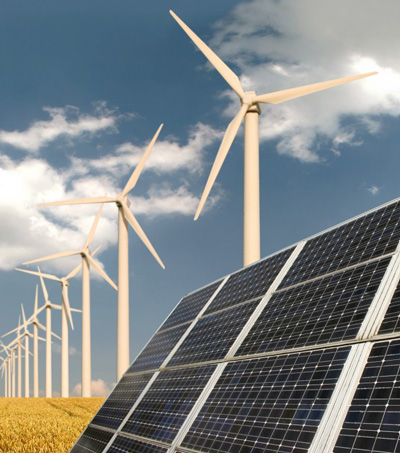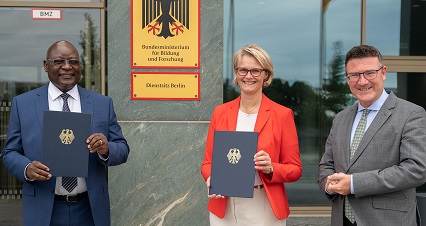
Energy Indaba takes critical look at interruption in renewable energy when the power source is inactive

Various African countries have made headway with their respective Renewable Energy Programmes and will be presenting investment opportunities in renewable energy projects at next week’s Africa Energy Indaba to attract investors, financiers, EPC contractors, and other stakeholders.
In preparation for the Indaba on 19 and 29 February 2019 at the Sandton Convention Centre in Johannesburg, South Africa, the organisers said this week the problem of intermittence in renewables, i.e. interruption in generation when the sun is not shining or the wind is not blowing, will be one of the focal areas of discussion.
While the costs of renewable generation are declining, there is concern about the intermittence of the total output derived from renewable sources. This means that the renewable energy source used will not be continuously available for conversion into electricity and cannot be controlled directly as the used primary energy cannot be stored. To this end, sources cannot be dispatched to meet the demand of an electric power system. The energy grid must provide a balance between the load and generation, but with such varying levels of electricity production from renewable sources such as wind and solar, this balance is challenging to sustain, and this very reason represents one of the biggest challenges to the power sector.
However, with the advent of a revolutionary concept known as Battery Energy Storage System (BESS), these intermittency concerns have been somewhat appeased as they enable the effective utilisation of these renewable sources. BESS is a system that stores energy using a battery technology so that it can be utilised in the future. By merging storage and renewable energy, the total output is far less intermittent, thereby solving balancing and system reliability concerns. Grid scale battery storage can promptly become operational thereby assisting with time shifting, spinning reserve, frequency regulation and load following. When the deployment of renewable energy is coupled with Battery Storage, a new dimension emerges where utilities are able to compete on a level playing field with conventional electricity power plants. Furthermore, energy storage remains a flexible, scalable and efficient solution.
Dr Christoph Frei, the Secretary General of the World Energy Council, asserted that “Digital solutions help energy systems to be more effective in different ways, such as assisting in managing the intermittence issues of renewables.” Digital technology lends itself to overcoming intermittence issues in renewables such as intelligent data systems that empower network operators to manage large volumes of intermittent solar, wind and other renewable power, and support more distributed power producers. Building a database that represents a digital replica of the physical plant can create analytics that can prompt service and maintenance functions, prior to issues even occurring.
As renewable energy contributes an increasing proportion of energy to the grid, more sophisticated, accurate, and effective means for predicting power levels must be created to efficiently use the energy being produced. Failing this, the task could become very expensive, and hinder the success of renewable energy in its constant effort to replace fossil fuels as the main source of energy generation in Africa.
The International Energy Agency predicts that by 2035, developing nations will constitute 80% of total global energy production and consumption alike. A greater portion of this new generation will be derived from renewable sources in response to international policies on cleaner energy.













































